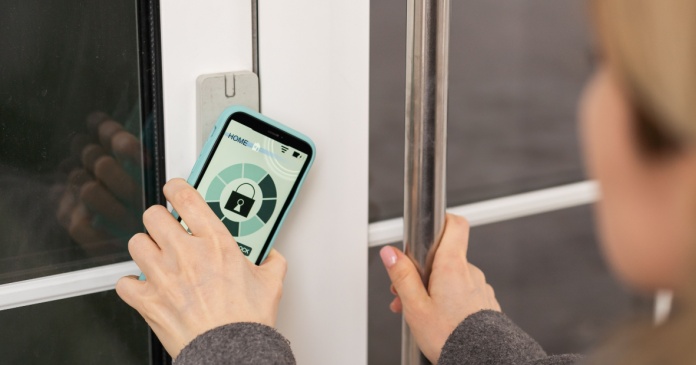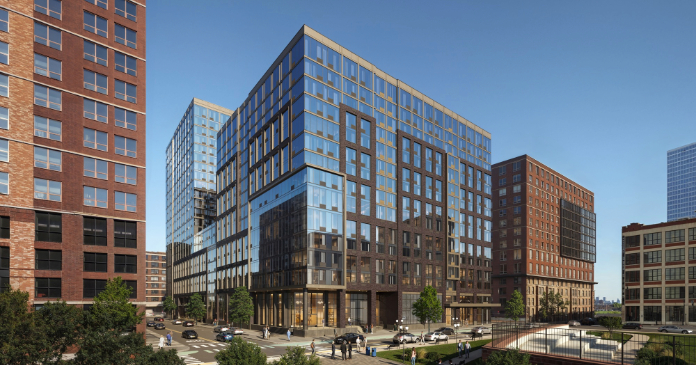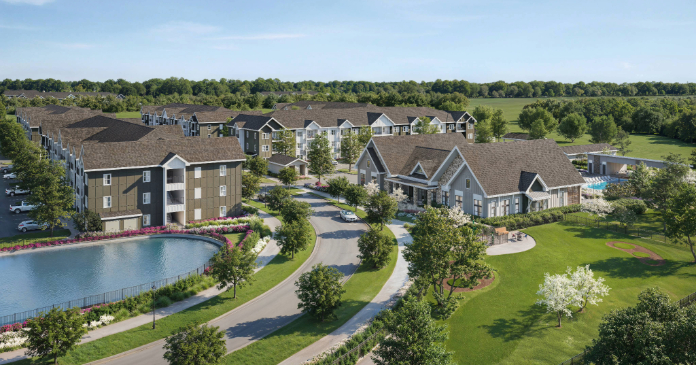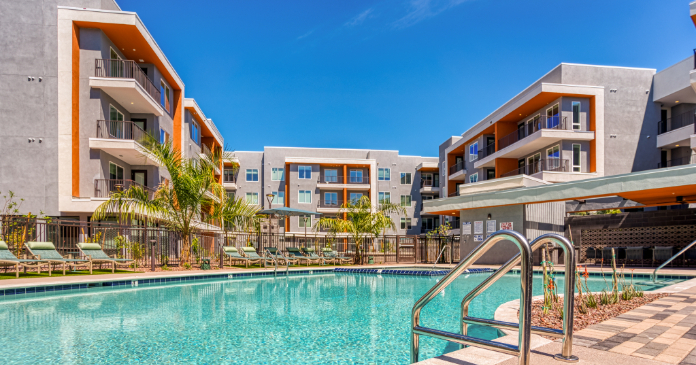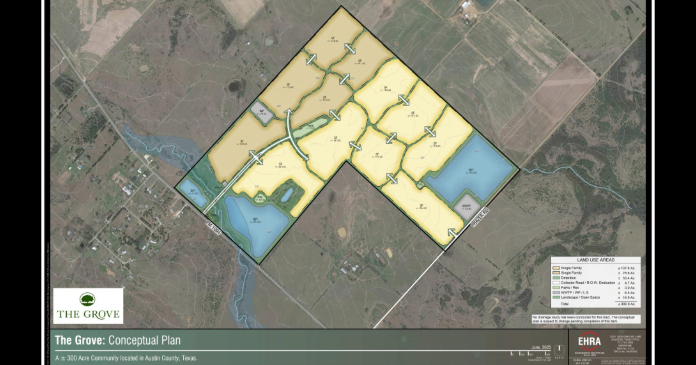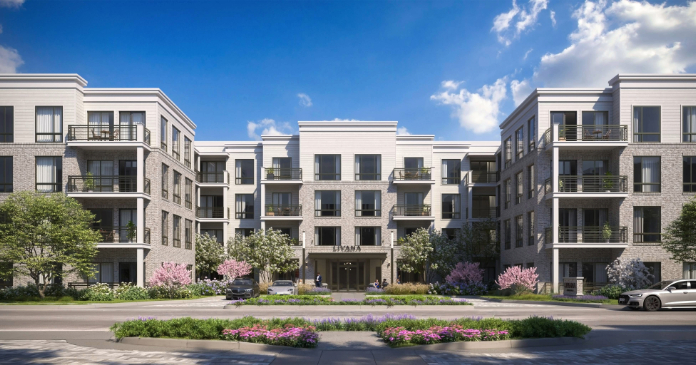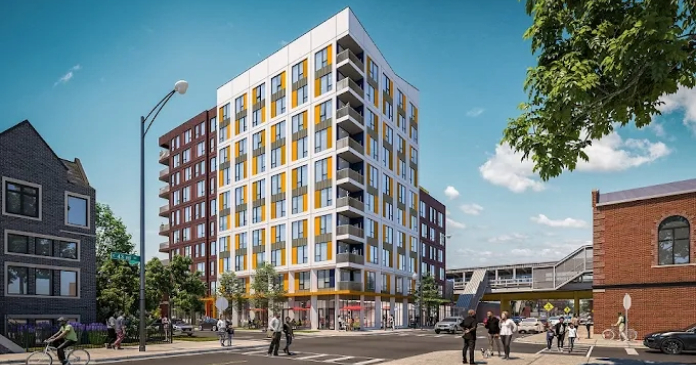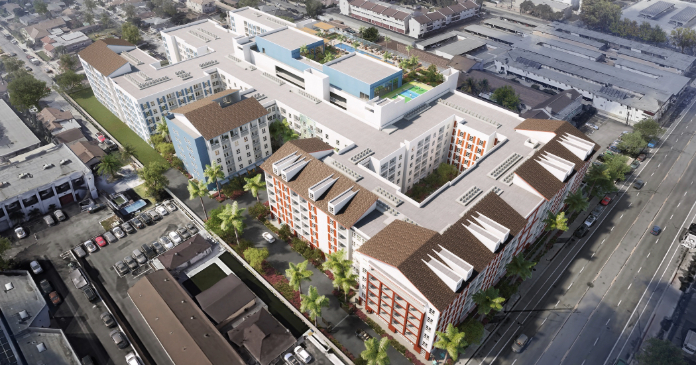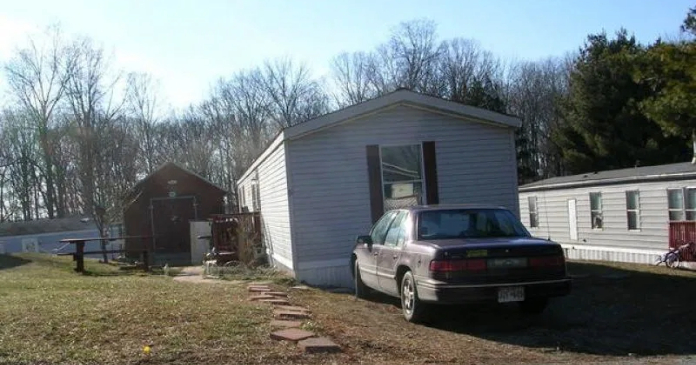The multifamily housing sector is experiencing intensified competition, largely due to a wave of new construction projects initiated during the COVID-19 pandemic. As these new properties enter the market, existing properties are compelled to upgrade their offerings to remain attractive to prospective residents. The result is a pronounced shift toward smart technology amenities, which have become central to the value proposition of modern rental communities. A white paper by Parks Associates, developed in partnership with Groove Technology Solutions, examines the dynamics driving the adoption of technology amenities in multifamily rentals. It explores how these amenities are funded, their impact on operational efficiency and residents’ willingness to pay.
Prevalence and types of smart amenities
Parks Associates reports that, by 2024, approximately 13 percent of apartment residents in the U.S. lived in units equipped with in-unit smart amenity packages. These packages commonly include smart thermostats, door locks, video doorbells, smart lighting, and connected smoke detectors. The appeal of these technologies lies not just in the devices themselves, but in the enhanced convenience, security, and control they offer residents. Tasks such as remotely adjusting home temperatures, admitting guests, or ensuring security are no longer luxuries but are becoming baseline expectations for residents.
Residents’ interest in smart amenities is focused largely on their functional benefits—such as convenience, security, and peace of mind. The mere presence of smart devices is not enough to attract most renters. Therefore, effective marketing requires that properties communicate the lifestyle enhancements and practical advantages these technologies bring.
Demographic factors, especially age and technological affinity, also play a significant role in shaping demand for smart amenities. Younger residents and those more comfortable with technology are generally more interested in smart amenities for their own sake, while other demographic segments may prioritize the operational and cost-saving aspects of these devices.
Funding technology amenities
Deploying smart technology in multifamily properties is not a one-time expense. It requires both initial capital outlays and ongoing funding for maintenance, software-as-a-service (SaaS) fees, and hardware replacement. The best approach to funding these investments varies based on property age, ownership structure, anticipated hold time, and the target market segment.
Funding mechanisms
- Renovations: Properties often schedule regular renovations, such as every five years, to update units. These renovations may be financed through dedicated budgets, green loans, or government incentives. Technology upgrades are increasingly integrated into these cycles.
- Acquisitions: When properties are acquired, a technology review is conducted. Upgrades may be bundled with broader renovation efforts, with decisions influenced by market expectations and comparable properties.
- New Construction: For new builds, technology investments are planned as specific line items in the construction budget. Ongoing costs are typically recouped through amenity fees or incorporated into long-term renovation schedules.
Owners and operators assess the value of technology amenities by analyzing competitor offerings, resident demographics, and their projected impact on return on investment (ROI) and net operating income (NOI). Smart technology provides ongoing value by improving resident satisfaction, reducing utility costs, and enhancing operational efficiency.
Pros and cons of amenity fees
A critical decision for property owners is how to recoup the costs associated with technology amenities. The white paper outlines the advantages and disadvantages of charging separate amenity fees rather than covering their cost in the baseline rent:
| Pros | Cons |
| Transparency—residents prefer itemized fees | Pricing confusion and potential sticker shock |
| Flexibility—tiered packages and market agility | Administrative complexity and additional accounting burdens |
| Easier tax/incentive accounting | Regulatory risks (e.g., state/local fee regulations) |
| Better budgeting and forecasting | Perceived as an extra cost by residents |
Amenity fees serve a dual purpose: they fund the ongoing costs of technology (including SaaS and hardware replacements) and generate incremental revenue for property owners. This revenue can boost NOI and, by extension, property valuation.
Separate amenity fees provide transparency, allowing residents to see exactly what they are paying for. They also offer flexibility, enabling properties to adjust packages and pricing in response to market conditions or technology costs without altering base rent. However, this approach can introduce complexity, both administratively and in terms of regulatory compliance. Some states, such as Colorado, have enacted “junk fee” regulations that limit the types and amounts of amenity fees that can be charged.
Not all properties choose to break out amenity fees separately from rent; the decision often hinges on market norms, the desire for transparency, and the property’s administrative capacity.
The broader impact of smart building technologies
The value of smart technology in multifamily housing extends beyond resident-facing amenities. These solutions deliver significant operational efficiencies and cost savings for property owners and managers. Examples include:
- Electronic access control and smart door locks
- Smart water meters and leak detectors
- Smart thermostats and HVAC systems
Multifamily operators report an average of 20 percent cost savings from smart building technology deployments. Specific benefits include:
- 21 percent reduction in safety and security incidents
- 20 percent increase in operating efficiency
- 19 percent reduction in energy costs
- 18 percent reduction in water costs
- 16 percent reduction in property insurance costs
In particular, water leak detectors and smart thermostats can prevent catastrophic property damage, saving hundreds of thousands to millions of dollars across property portfolios. The greatest ROI is achieved when these technologies are integrated into enterprise-level platforms, which consolidate multiple solutions, streamline training and support, and simplify budgeting.
Prevalence and levels of amenity fees
Parks Associates’ consumer surveys reveal that 14 percent of U.S. apartment residents report paying a technology amenity fee, a figure that rises to 21 percent among condo owners. The average monthly fee is $75 for renters and $80 for condo owners. These fees typically cover a range of services, including bulk internet, smart devices, security, valet trash, and package management.
A significant majority of residents—83 percent of apartment renters and 91 percent of condo owners—believe that the amenity fee is worth the cost. Residents who pay amenity fees also report higher satisfaction with their property’s smart devices and services (77 percent satisfaction versus 68 percent among those who do not pay such fees). However, resident dissatisfaction can arise if amenity fees are perceived as being used to offset artificially low rents. Renters in “market average” properties report median amenity fees of $100/month, while those in “above average” or luxury properties pay an average of only $73/month.
Conclusions
The Parks Associates white paper concludes that smart technology amenities have become a baseline expectation in new multifamily construction and are increasingly being adopted in older properties. Residents appreciate the convenience, security, and control these technologies provide and are generally willing to pay for them. However, the design of amenity fee structures requires careful consideration. Transparency, flexibility, and compliance with local regulations are essential to ensure resident buy-in and to avoid dissatisfaction.


